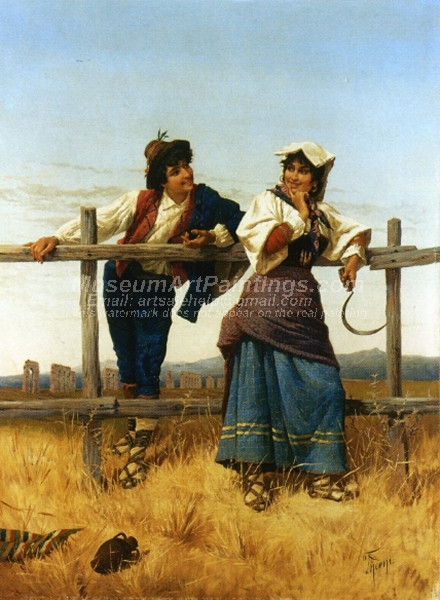

In closing, I do think that the debate between Kozma and Clark is mismatched. In addition, when incorporating media it is always paramount that instruction remains learner centered vice technology or media centered. Media should be selected using analysis, judgement and consideration for who the learner is, how the selected media will benefit him/her, and that the media complements the topic being delivered. Reiser and Dempsey (2012) note that often novices benefit most from some media more so than experts, and can actually depress the performance of experts (p. With this argument, it should be stated that not all learners will benefit the same way from media use. While I do not see learning as dependent on media, it is absolutely enhanced due to its ability to engage, evoke, and at times require interaction that makes information more memorable. Media is used to facilitate this interaction.

While according to Kozma (1994), media are more than vehicles for information learning is not only the receipt of information by an individual, but an interactive, cognitive and social process in which a learner manages information to create new knowledge by interacting with information that is already stored in the memory. Clark (1994) defines media and instructional methods as two different things media are the vehicles to deliver instruction, while instructional methods shape information and how it is received by the learner. Media is not simply a vehicle, but only a single piece of the instructional method chosen and developed by the instructional designer. Description: The argument between Clark and Kozma regarding the level of influence that media has on learning is well known by professionals within the industry.


 0 kommentar(er)
0 kommentar(er)
